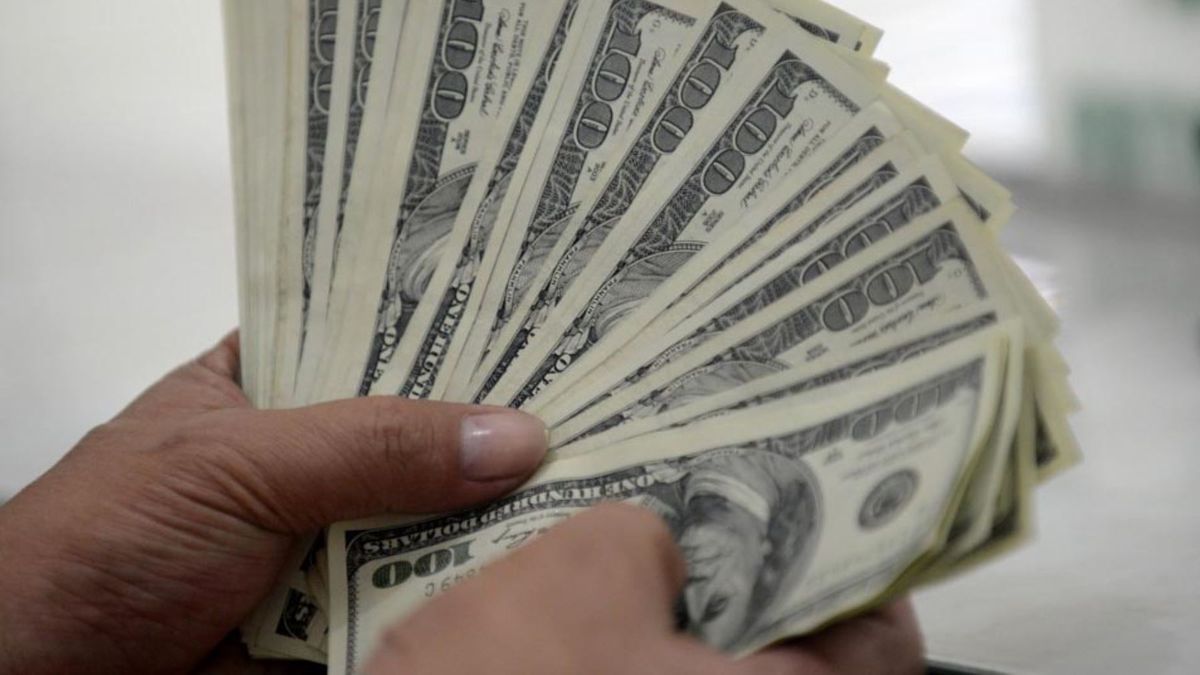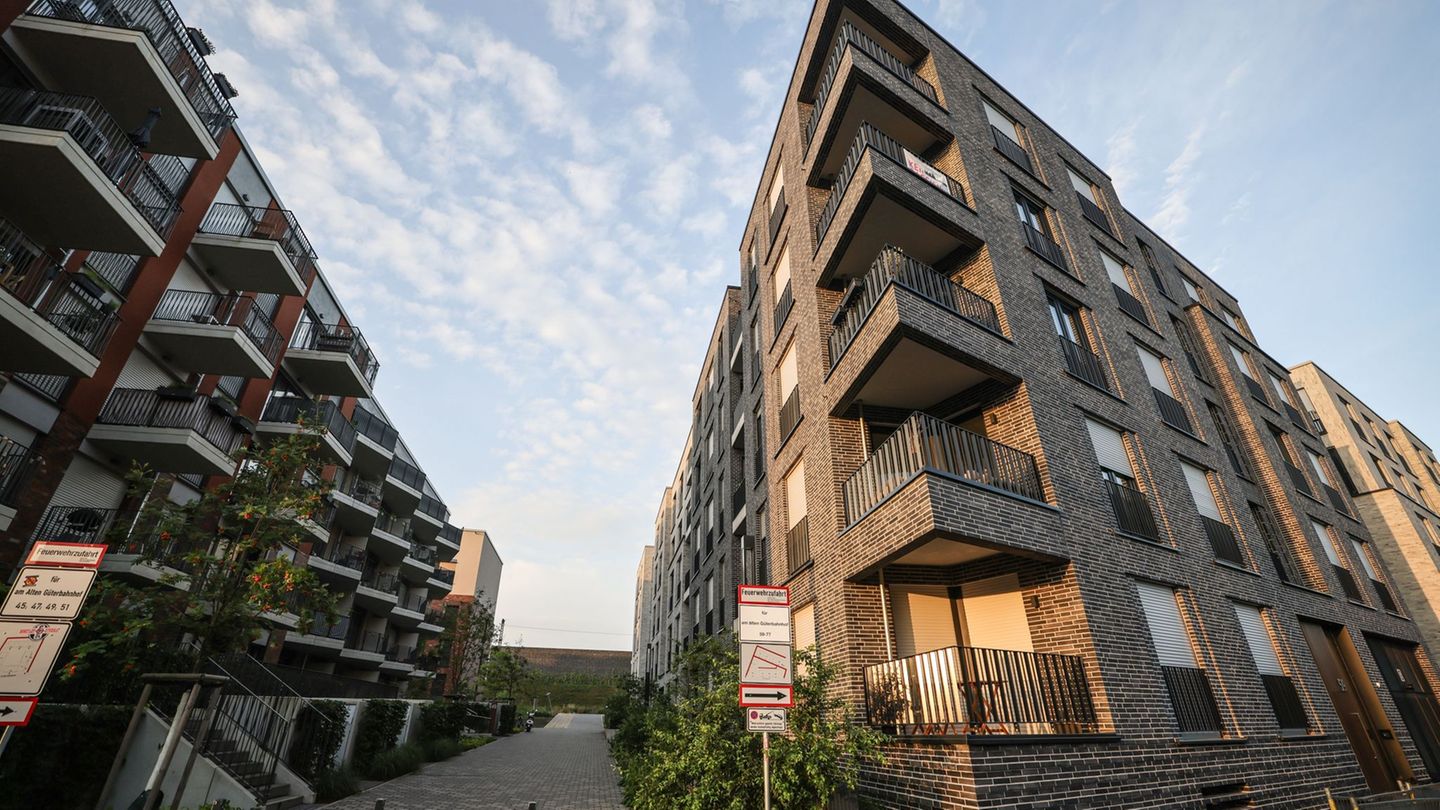In a day with a record volume in two years, the BCRA had to attend the lawsuit with sales of approximately US $ 70 million, which accumulated a negative balance of US $ 746 million in November.
The volume traded in the cash segment was US $ 828 million, the highest for a wheel since October 2019.
“The imminence of the end of the month, with its usual compensations and closing of positions, and the beginning of the process of adaptation of financial entities to the new requirement regarding the limits of their position in foreign currency, had an impact on the volume traded in the spot segment, the highest since October 2019 for a single trading day“.
The official intervention led to another day with a negative balance that takes the red of the month to exceed US $ 730 million in loss of reserves, so far the second worst monthly result of the current year.
The economist Gustavo Ber stated that “the dynamics of the net reserves of the BCRA continues to arouse special concern, amid new restrictions and waiting for a greater seasonal supply from the field. In this context, financial dollars have been presenting an attentive expectant tone. to the news about the political and economic negotiations for an agreement with the IMF, since operators anticipate that a 100% gap is not sustainable and so definitions should arrive soon“, highlighted the economist Gustavo Ber.
Now comes December, a month that is usually of greater exchange rate pressure because companies must face extra payments, such as the Christmas bonus.
Due to this need to preserve reserves, the board of directors of the Central Bank (BCRA) also decided to relax the recent regulations on the composition of the net global position of foreign currency of financial institutions, which basically did not allow them to increase their holdings in dollars.
“Thanks to this modification, the Financial System will be able to return to a neutral exchange position in foreign currency,” the monetary authority said in a statement, the measure of which will take effect as of December.
Before the general elections, on November 4, and in the midst of a growing exchange rate tension (when the blue had touched $ 200 for the first time), the BCRA had ruled that financial entities could not increase their global position in foreign currency until the end of the month, in order to avoid speculation about possible jumps in the exchange rate.
blue dollar
The blue dollar closed stable this Monday at $ 201 for the second consecutive round, according to a survey of Ambit in the Black Market of Foreign Currency. Thus, the gap with the wholesale official remained below 100%, to stand at 99.2%.
The parallel dollar came from cutting a streak of six consecutive weekly rises, at accumulate a loss of 50 cents.
Even so, the informal registered nine consecutive days trading at $ 200 or above that level.
So far in November, the informal dollar shows an increase of $ 3.50 (+ 1.8%), after climbing $ 11.50 in October (+ 6.2%).
Anyway, so far in 2021 the parallel accumulates an appreciation of $ 35 (around 20%), well below the accumulated inflation of 2021, higher than 41%.
Let us remember that during September, the informal dollar rose $ 4.50 (+ 2.5%), after posting its lowest rise since March in August, climbing just $ 1 (+ 0.6%). After hitting a low of $ 139 in early April, the parallel dollar increased $ 9 in April (6.4%), $ 7 (4.7%) in May, $ 11 (7%) in June, and $ 12.50 (+ 7.4%) in July.
Official dollar
The wholesale dollar, for its part, rose 14 cents to $ 100.94, under the strict regulation of the BCRA, in a wheel in which it operated with a mixed trend but with the values fluctuating in a limited way around the parameters set for today by the enforcement authority.
Highs at $ 100.94 and lows at $ 100.92, indicated the reduced path exhibited by the price of the wholesale dollar, in a scenario of intense activity. The demand for coverage and to meet foreign obligations exceeded the available private supply and required renewed official assistance to remedy the shortage of foreign exchange.. The Central Bank sales also served to limit the correction of prices in the first round of the week, taking them on the close to the levels of today’s highs.
In the retail segment, the The dollar today rose 24 cents this Monday to $ 106.41 -without taxes-, according to the average of the main banks in the financial system. In turn, the retail value of the US dollar at Banco Nación remained at $ 105.75.
The savings dollar or solidarity dollar -which includes a 30% of the PAÍS tax, and a 35% on account of the Income Tax- advanced 40 cents to $ 175.48.
Source From: Ambito
David William is a talented author who has made a name for himself in the world of writing. He is a professional author who writes on a wide range of topics, from general interest to opinion news. David is currently working as a writer at 24 hours worlds where he brings his unique perspective and in-depth research to his articles, making them both informative and engaging.




